
Can you stop a dog from jumping
Watching my neighbor’s golden retriever, Max, launch himself at every guest who walked through their door—paws on shoulders, tail wagging like a metronome
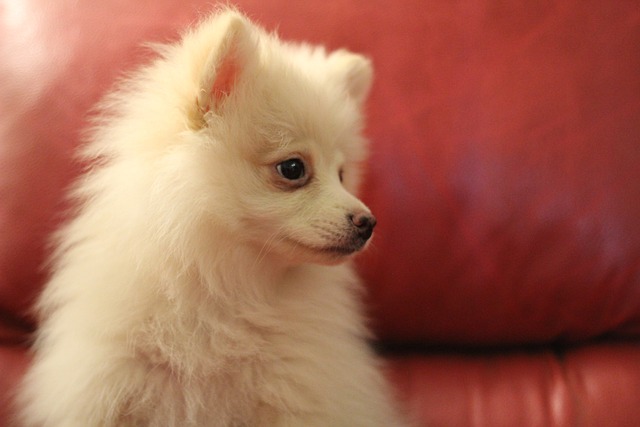 I sat with Maria in her Austin apartment last spring as her rescue German Shepherd, Max, paced nervously near his bed, hackles raised. When she reached for a toy near him, he let out a low growl—a warning she’d missed before, until he nipped her hand a week prior. “I tried yelling, but he just gets scarier,” she said, rubbing her palm. Aggressive behavior in dogs isn’t about “dominance”—it’s almost always fear, confusion, or feeling trapped. The best training method doesn’t “fix” them with force; it builds trust, rewires their emotional response to triggers, and gives them better ways to communicate. Let’s break down why positive reinforcement is the gold standard, and how to put it into practice safely.
I sat with Maria in her Austin apartment last spring as her rescue German Shepherd, Max, paced nervously near his bed, hackles raised. When she reached for a toy near him, he let out a low growl—a warning she’d missed before, until he nipped her hand a week prior. “I tried yelling, but he just gets scarier,” she said, rubbing her palm. Aggressive behavior in dogs isn’t about “dominance”—it’s almost always fear, confusion, or feeling trapped. The best training method doesn’t “fix” them with force; it builds trust, rewires their emotional response to triggers, and gives them better ways to communicate. Let’s break down why positive reinforcement is the gold standard, and how to put it into practice safely.
Aggressive behavior—growling, snapping, biting—stems from a dog feeling they have no other option. They might be scared (of loud noises, sudden movements), guarding resources (food, beds), or overwhelmed by stimuli (crowded parks, new people). Punishment (hitting, yelling, shock collars) backfires because it confirms their fear: “Humans = danger, so I need to defend myself harder.” A vet in Dallas, who works with rescue dogs, calls it “fear escalation”: Max started growling only when Maria approached his bed because he associated her presence with past scolding. Positive reinforcement, on the other hand, changes their emotional response—instead of “trigger = threat,” they learn “trigger = good things,” which dissolves the need to act aggressively. Breeds often labeled “aggressive” (shepherds, mastiffs) thrive with this method, as they’re highly attuned to human trust.
The core of the method is desensitization + counterconditioning. First, identify their trigger: For Max, it was “someone near my bed.” Maria started by standing 6 feet away from his bed, tossing high-value treats (freeze-dried steak) toward him without making eye contact, then slowly stepping back. Over days, she inched closer, always stopping if he tensed up. When he stopped growling and started wiggling toward the treats, that’s progress—his brain learned, “Human near bed = snacks, not stress.” For dogs reactive to other dogs on walks, try this: When you spot another dog 50 feet away, feed your dog nonstop treats until the dog passes, then stop. This teaches, “Other dogs = treat party.” My neighbor in Houston used this with her reactive beagle, Lila—now she looks at my neighbor for treats instead of barking when dogs pass.
Never rush the process. If your dog growls or freezes, take a step back—pressure makes aggression worse. Create a “safe zone” (a crate with a blanket, a corner in your apartment) where they can retreat without being disturbed; respect this space, and they’ll feel more secure overall. In apartments, keep training sessions short (5-10 minutes) to avoid overstimulating them, and warn neighbors if you’re working through reactivity—most appreciate the heads-up. When walking, keep them on a front-clip harness (avoids pulling that fuels stress) and carry extra treats, not just poop bags (Houston fines $175+ for forgetting those). Always confirm their rabies vaccine is current—vets and trainers require this, and a calm dog is safer around others.
Maria texted me last month: Max now lets her pick up his toy from his bed, tail thumping as he waits for a treat. That’s the magic of positive reinforcement—it turns fear into trust, one small step at a time. Aggressive behavior isn’t a life sentence; with patience, kindness, and the right method, your dog can learn there’s no need to fight.

Watching my neighbor’s golden retriever, Max, launch himself at every guest who walked through their door—paws on shoulders, tail wagging like a metronome
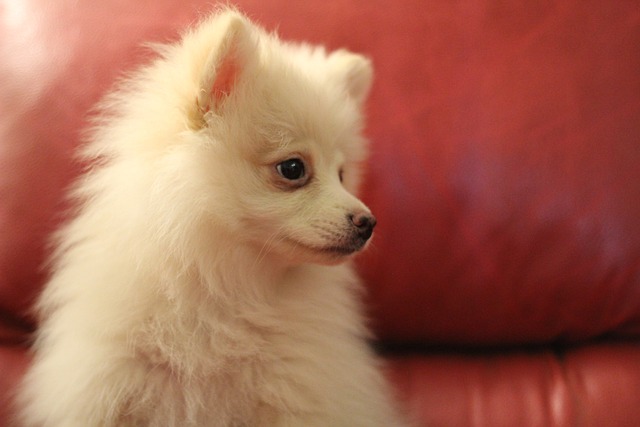
I sat with Maria in her Austin apartment last spring as her rescue German Shepherd, Max, paced nervously near his bed, hackles raised.
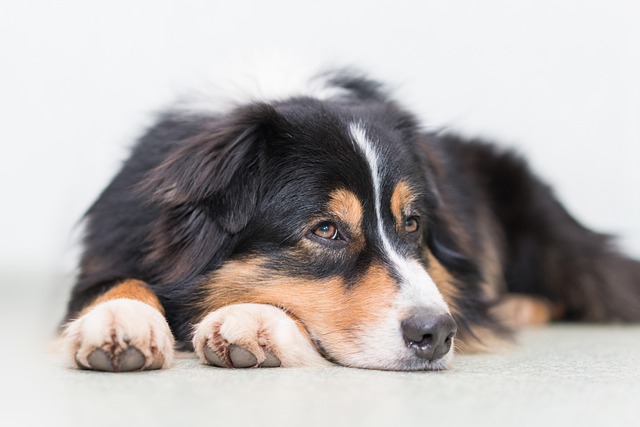
How long does it take to potty train a 4 month old puppy? Most vets and trainers agree you’re looking at roughly 4 to 6 weeks of consistent work, but don’t stress if your little one takes a bit longer.
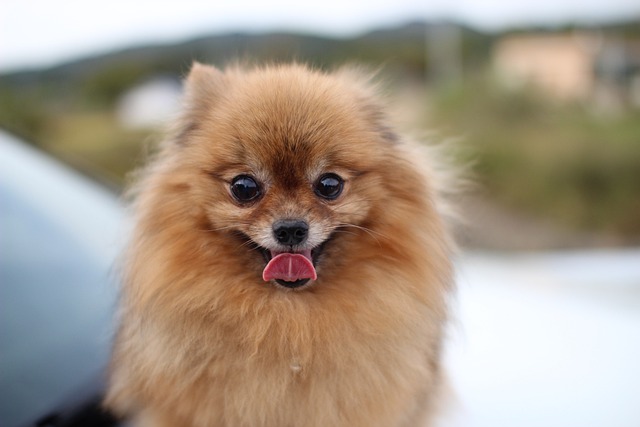
I was helping my friend Lily with her rescue pit bull, Rocky, last winter when he lunged suddenly, nipping her hand hard enough to leave a bruise.
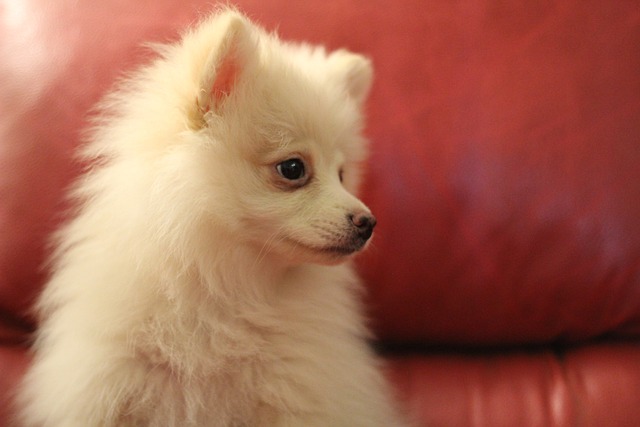
I sat across from Jamie in a Seattle coffee shop last month as she scrolled through her phone—3 missed texts from her apartment manager, all about her border collie
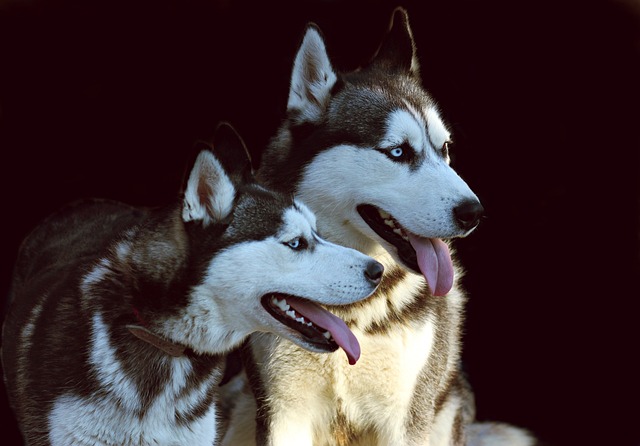
I jolted awake at 2 AM in my Chicago apartment, the sound of my neighbor’s terrier, Milo, barking nonstop through the walls. “Not again,” I groaned